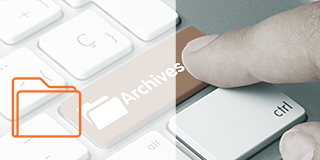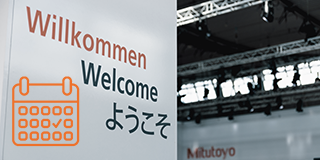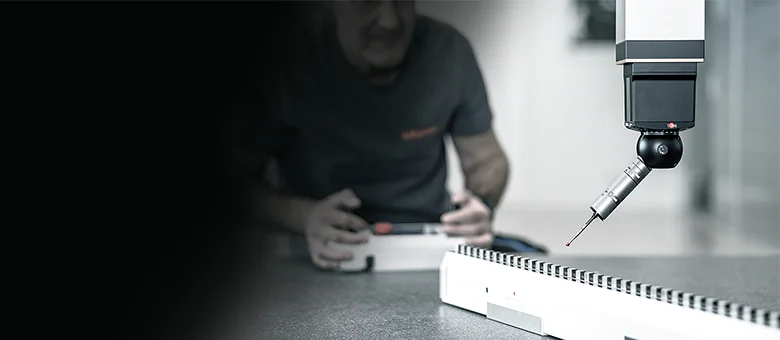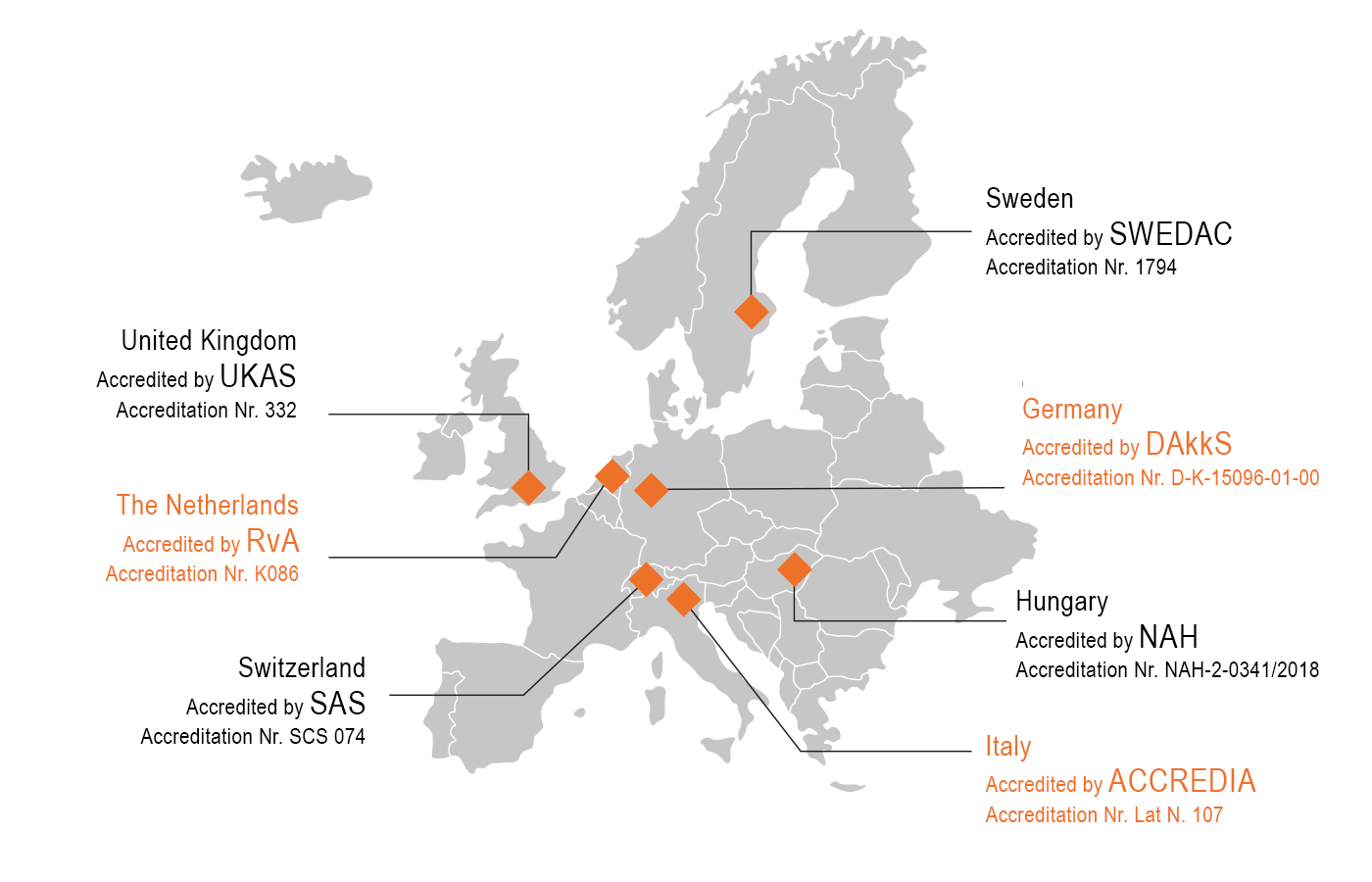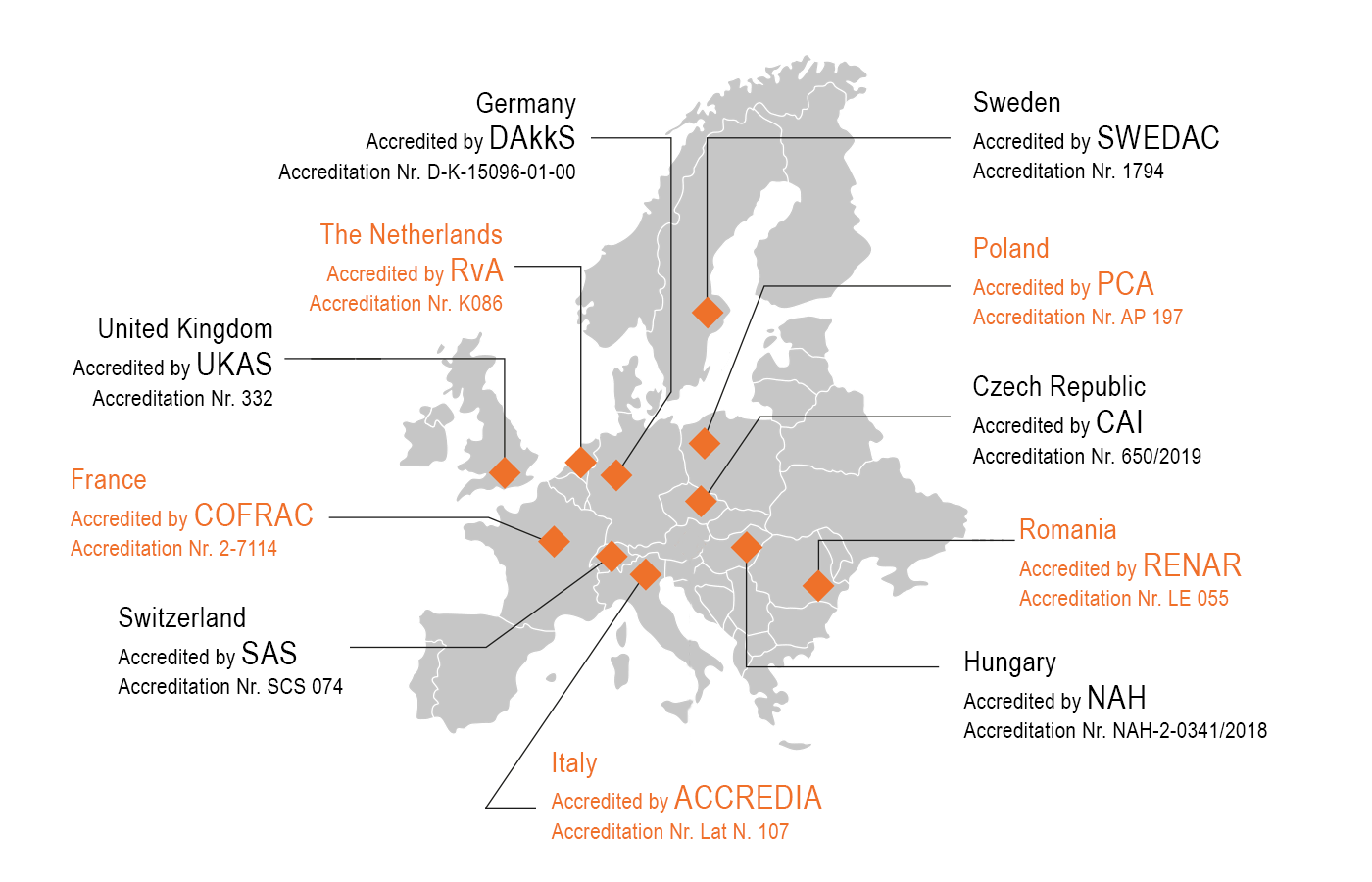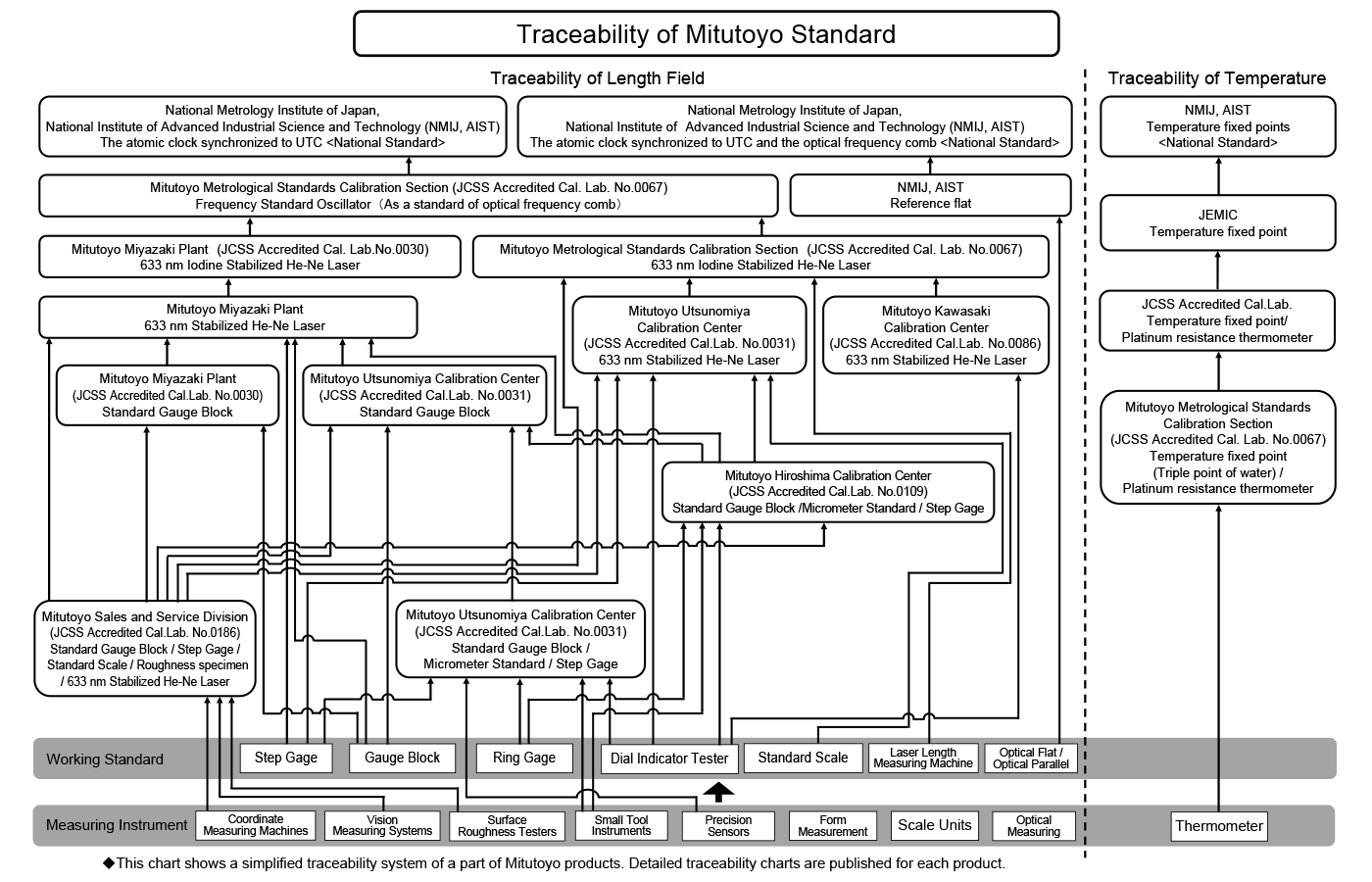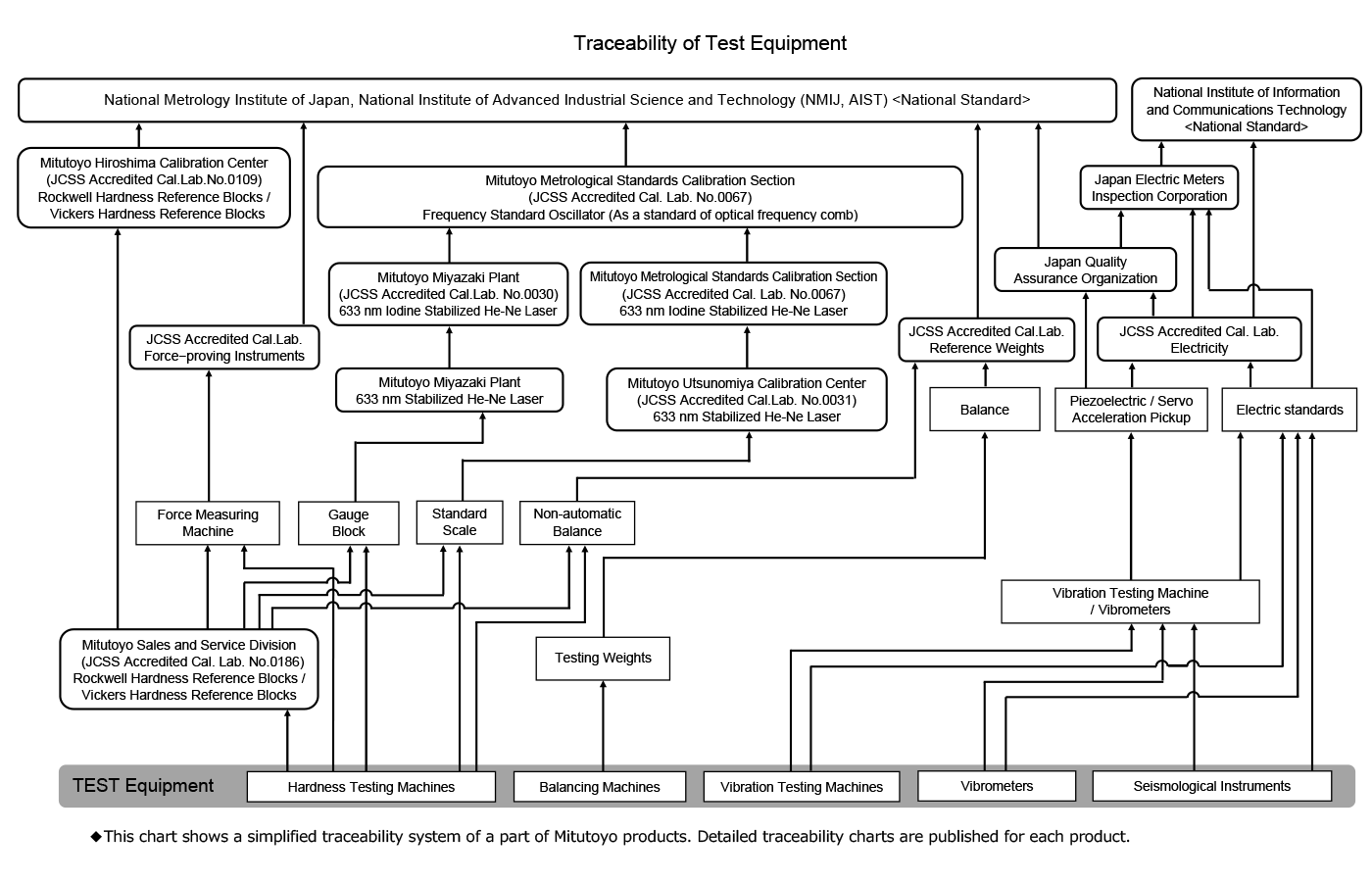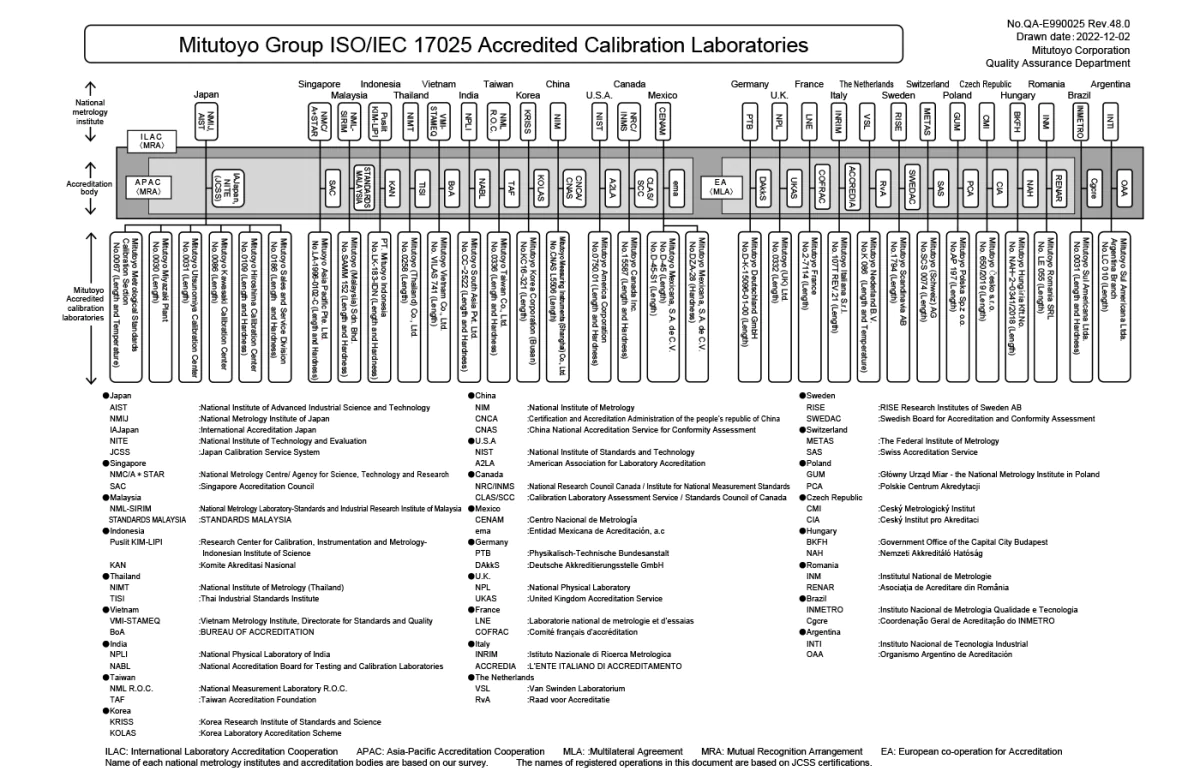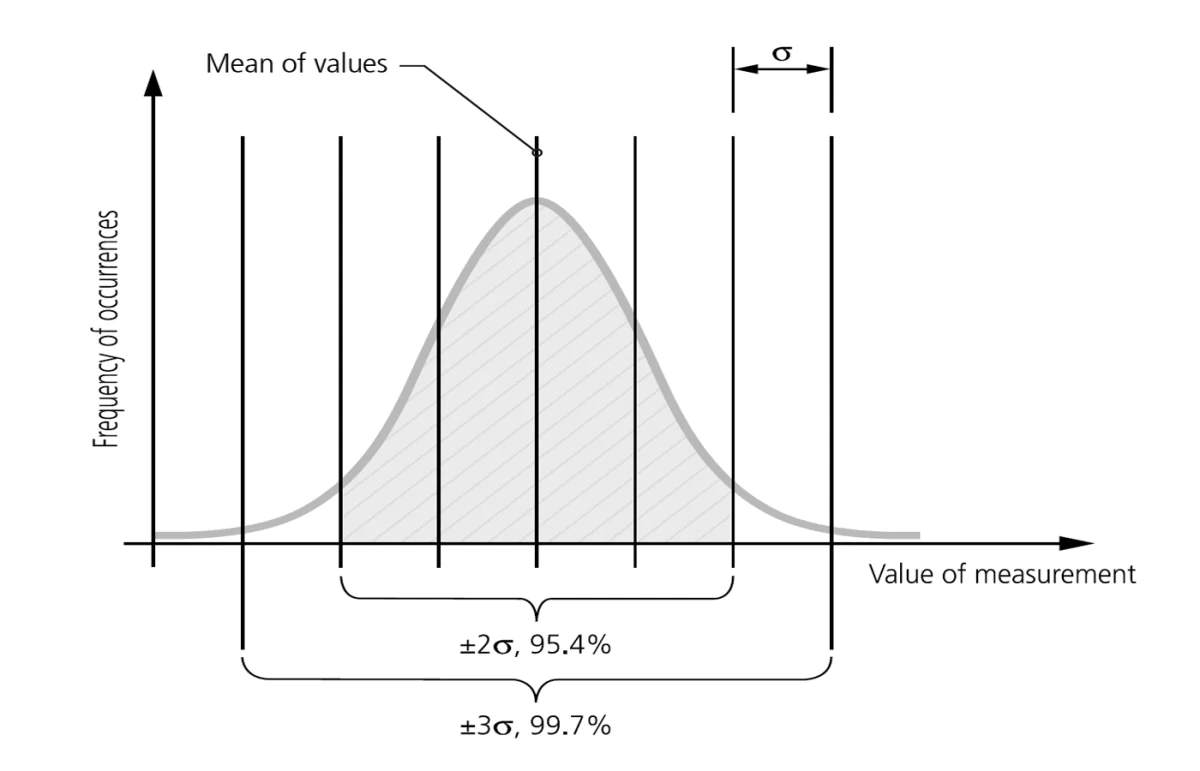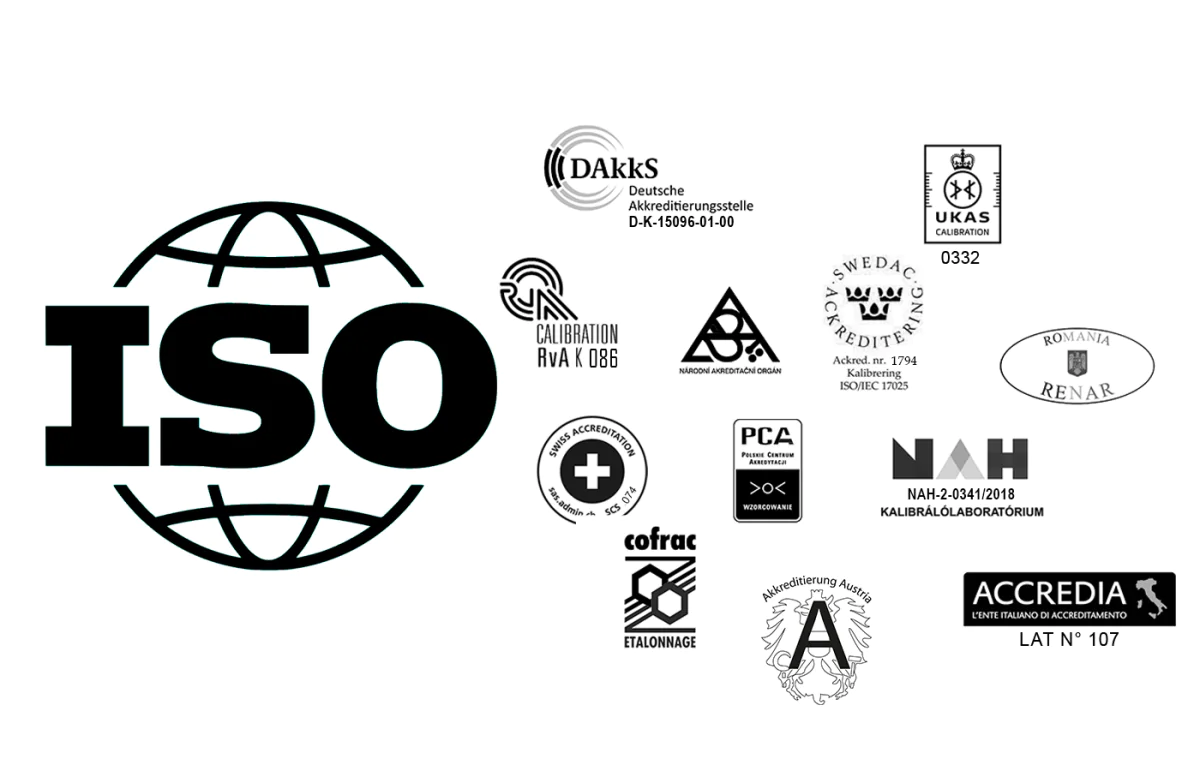- Nederlands, Belgique / België
- Česky, Česká republika
- Deutsch, Deutschland
- Español, España
- English, Europe
- Français, France
- Italiano, Italia
- Magyar, Magyarország
- Nederlands, Nederland
- Deutsch, Österreich
- Polski, Polska
- Română, România
- Français / Deutsch, Suisse / Schweiz
- Svenska, Sverige
- Suomeksi, Suomi
- Türkçe, Türkiye
- English, United Kingdom
- Slovenská, Slovak
- Español, Mexico


 Welkom bij Mitutoyo Nederland, België en Danmark
Welkom bij Mitutoyo Nederland, België en Danmark
- Alle Product Highlights
- LEGEX Takumi
- Measurlink 10
- HR-600 Series
- TAGLENS
- MCOSMOS 5
- Crysta Apex V
- Formtracer Avant
- MiSTAR 555
- Calipers
- Bluetooth Data Transmission
- PJ Plus
- QuickVision Pro
- Alle Producten per Industrie
- MeasurLink 10
- MeasurLink 10
- Medical
- Automotive
- Aerospace
- Energy
- Gen. Manufacturing
- Electronics
- Case Studies
- Alle Handmeetgereedschappen
- Schuifmaten
- Schroefmaten
- Binnenmeetinstrumenten
- Diepte meetinstrumenten
- Hoogtemeters
- Meetklokken en Snelopnemers
- Hulpstukken en diversen
- Kalibratie instrumenten
- Eindmaten
- Alle CMM
- Kleine en middelgrote CMM's
- CMMs met grote afmetingen
- In-Line en werkvloer CMMs
- CMM Tastsystemen
- Styli en accessoires
- Opspansystemen
- KMG behuizing
- CMM Software
- Alle Vision
- 2D Vision Meetsystemen Quick Image
- Manueel 3D Vision Meetsystemen Quick Scope
- 3D CNC Vision Meetsystemen Quick Vision
- 3D CNC Multisensor Meetsystemen Quick Vision
- Serie 365 - CNC Visionmeetsysteem
- 3D CNC Meetsystemen voor Micro Geometrieën
- Vision System Software
- Objectieven en kalibratiekaarten
- Alle Optisch
- Magnifiers
- Measuring Projectors
- Measuring Microscopes
- Microscope Units
- Objective Lenses
- TAGLENS
- Illumination Units
- Alle Hardheid
- Portable Hardness Testers
- Combination Testers
- Vickers Testers
- Automatic Vickers Testers
- Micro-Vickers Testers
- Hardness Testing Software
- Reference materials and indenters
- Alle Sensoren
- Linear Gauges
- Low Force Gauges
- Counters and Display Units
- Laser Scan Micrometers
- Surface Measure
- Sensor Management Software
- Schuifmaten
- Digitale schuifmaten
- Schuifmaten voor speciale doeleinden
- Analoge schuifmaten
- Schuifmaat accessoires
- Schroefmaten
- Digimatic schroefmaten & Analoge schroefmaten
- Accessoires voor schroefmaten
- Inbouwschroefmaten
- Accessoires voor inbouwschroefmaten
- Binnenmeetinstrumenten
- Binnenmeetinstrumenten
- Binnenmeettasters
- Accessoires voor binnenmeetinstrumenten
- Meetklokken en Snelopnemers
- Digitale meetklok
- Accessoires voor meetklokken
- Zwenktaster
- Meetklok
- Accessoires voor meetklokken
- Diktemeter, dieptemeter
- Hulpstukken en diversen
- Statieven
- Precisie spanklemmen
- Vlakplaten en sinusplaten
- Hoekmetingen en raamwaterpassen
- Voelermaten en linialen
- Eindmaten
- Stalen eindmatensets
- Stalen losse eindmaten
- CERA eindmatensets
- CERA keramische losse eindmaten
- Speciale eindmaten
- Accessoires voor eindmaten
- Kleine en middelgrote CMM's
- CRYSTA-Apex V - 500, 700, & 900 Series
- CRYSTA-Apex V - 1200 Series
- CRYSTA-Apex V - 1600 & 2000 Series
- CRYSTA-Apex EX Series for REVO
- STRATO-Apex - 500, 700, & 900 Series
- STRATO-Apex - 1600 Series
- LEGEX Series
- Styli en accessoires
- Styli Kits
- Straight Styli
- Diamond Coated Styli
- Master Ball
- Machine Tool Styli
- Star Styli
- Styli for Star Styli
- Cylinder Styli
- Disk Styli
- Tip Styli
- Extensions
- Holders
- Adapters
- Joints
- Screws for Cubes
- Tools
- StyliCleaner
- Opspansystemen
- Fixturing Kits
- Base Plates
- Build-up Components
- Positioning & Stopper Components
- Profile Components
- Base Components
- Clamping Components
- Adapters
- Slider Components
- Racks
- 3D CNC Vision Meetsystemen Quick Vision
- Quick Vision ACTIVE
- Quick Vision APEX / HYPER
- Quick Vision ACCEL
- Quick Vision ULTRA
- Measuring Projectors
- PJ Series
- PV Series
- PH Series
- M2 Software
- Data Processing Unit
- Edge Detection Sensor
- Accessories
- Measuring Microscopes
- TM Series Gen. B
- MF Series Gen. D
- MF-U Series Gen. D
- Illumination Sources
- Hyper MF Series
- Vision Unit
- M2 Software
- QSPAK-VUE Software
- Objective Lenses
- ML-Series Objectives
- Brightfield Observation Objectives
- Brightfield/Darkfield Observation Objectives
- NIR Objectives
- NIR LCD Objectives
- NUV Objectives
- NUV LCD Objectives
- UV Objectives
- UV LCD Objectives
- Oppervlakte ruwheid
- Surftest SJ-210
- Surftest SJ-310
- Surftest SJ-410
- Surftest SJ-500
- Surftest SV-2100
- Surftest SJ-500P
- Surftest SV-2100P
- Formtracer Avant FTA-S3000
- Surftest Extreme SV-3000CNC
- Surftest Extreme SV-M3000CNC
- Oppervlakte ruwheid & Contour
- Formtracer Avant FTA-D3000 / FTA-D4000 Series
- Formtracer CS-3300
- Formtracer Extreme SV-C4500CNC
- Formtracer Extreme SV-C4500CNC HYBRID Type 1
- Formtracer Extreme CS-5000CNC and CS-H5000CNC
- Portable Hardness Testers
- Impact Type Hardness Testing Unit HARDMATIC HH-411
- Digital and Analogue Durometers HARDMATIC HH-300
- Combination Testers
- Rockwell HR-200/300/400
- Rockwell, Rockwell Superficial, Brinell Hardness Tester HR-530 and HR-600
- Rockwell Automatic Hardness Testing HR-600
- Automatic Vickers Testers
- Automatic Micro-Vickers hardness testing systems
- Automatic Vickers hardness testing systems
- Reference materials and indenters
- Hardness reference materials
- Hardness indenters and replacement balls
- Linear Gauges
- ABSOLUTE Digimatic Linear Gauge LGS Series
- Air Drive Unit
- ABSOLUTE Digimatic Linear Gauge LGD Series
- Standard Linear Gauge LGF Series
- Linear Gauge LG100 Series
- Linear Gauge LG200 Series
- Slim Head Linear Gauge LGK Series
- Slim Head Linear Gauge LGB Series
- Large Measuring Range Linear Gauge LG
- Laser Hologauge
- Counters and Display Units
- EJ Counter and Interfaces for Linear Gauges
- EC Counter for Linear Gauges
- EG Counter for Linear Gauges
- EB Counter for Linear Gauges
- EH Counter for Linear Gauges
- EV Counter for Linear Gauges
- Display Unit for EV Counter
- Laser Scan Micrometers
- Laser Scan Micrometer Measuring Unit and Display Unit Package
- Laser Scan Micrometer Measuring Unit
- Laser Scan Micrometer
- Laser Scan Micrometer Display Unit
- Laser Scan Micrometer Optional Accessories
- DRO Linear Scales and Counters
- DRO Linear Scales AT103
- DRO Linear Scales AT103 - High Accuracy
- DRO Linear Scales AT113
- DRO Linear Scales AT113 - High Accuracy
- DRO Linear Scales AT116
- DRO ABS Linear Scales AT715
- Universal DRO KA-200 Counter
- NC Linear Scales
- NC Linear Scales ST36
- NC Linear Scales ST46-EZA
- NC Linear Scales ABS ST700
- NC Linear Scales ABS ST1300
- NC Linear Scales AT211
- NC Linear Scales ABS AT1100
- NC Linear Scales ABS AT1300
- NC Linear Scales AT402E
- NC Linear Scales AT203
- NC Linear Scales AT402E with cable A/B
- NC Linear Scales AT402E with cable C
- Scale Units
- Horizontal ABSOLUTE Scale Coolant Proof IP66
- Horizontal ABSOLUTE Scale Standard
- Horizontal ABSOLUTE Scale Measurement Direction Switching
- Horizontal ABSOLUTE Scale Diameter Function
- Vertical ABSOLUTE Scale Standard
- Vertical ABSOLUTE Scale Measurement Direction Switching
- Vertical ABSOLUTE Scale Diameter Function
- Signaal kabels
- USB Input Tool Direct (Digimatic-USB Cable)
- Digimatic Data Cables
- Digimatic Extension Cables
- Draadloze communicatie
- Wireless Communication System U-WAVE
- U-WAVE Bluetooth
- U-WAVE-T Connection Cables and Connection Units
- Interfaces
- USB Input Tool
- DMT-3T / FS2 USB
- DMX-1 USB
- DMX-2 S
- DMX-2 USB
- DMX-3 USB
- MUX-10F
- DMX-8/2
- DMX-16 / DMX-16C
- DMX-0-1 USB / DMX-3-2 USB
- Digimatic Interface MIG
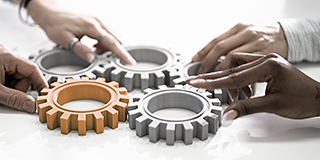 Original Equipment Manufacturers (OEM)
Original Equipment Manufacturers (OEM)
Mitutoyo OEM can address missing expertise or resources by supplying you with our renowned Metrology equipment that seamlessly integrates into your products.
 Aerospace
Aerospace
Complex aerospace applications need fast, extremely precise quality control to ensure accurate assemblies. See how Mitutoyo makes it happen.
 Automotive
Automotive
The automotive industry continues to innovate, and Mitutoyo delivers the advanced inspection and scanning capabilities to help manufacturers achieve ongoing production
 Energy
Energy
Make critical equipment components for oil and gas, solar, wind, or nuclear as precise as possible with advanced metrology solutions from Mitutoyo.
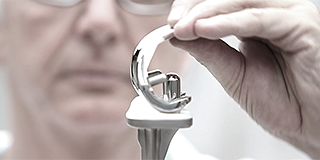 Medical
Medical
Boast unmatched accuracy and reliability for diagnostic and therapeutic devices, pharmaceutical goods, and countless other highly sensitive medical engineering applications with leading precision metrology solutions.
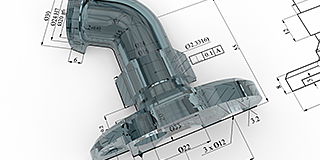 Gen. Manufacturing
Gen. Manufacturing
Ensure high repeatability and rigorous quality control with form measurement solutions, coordinate measuring machines and precision measuring tools from Mitutoyo.
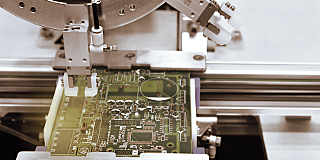 Electronics
Electronics
The non-contact and vision measurement solutions from Mitutoyo bring microscopic accuracy to smaller and denser electronic components.
 Case Studies
Case Studies
For an overview of Mitutoyo's capabilities, this is no greater place to look than our marvelous collection of case studies.
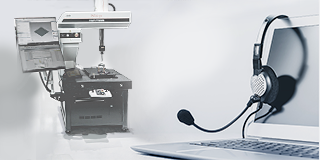 Helpdesk Support
Helpdesk Support
Perfecte en probleemloze installatie en integratie in uw IT-infrastructuur.
 Field Services
Field Services
On-site service van uw favoriete meet- en testmachines
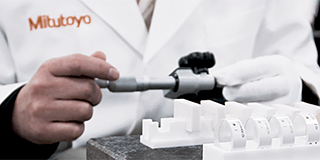 Kalibratie Services
Kalibratie Services
Laat je meetapparatuur kalibreren door een laboratorium dat je vertrouwt
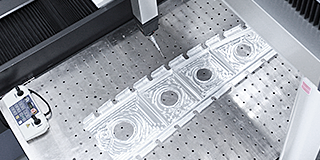 Meetservices
Meetservices
Laat uw werkstukken en onderdelen overal in Europa opmeten
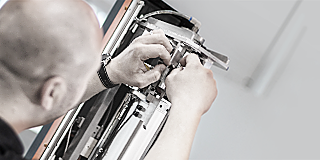 Reparaties & Reserve onderdelen
Reparaties & Reserve onderdelen
Reserveonderdelen en reparaties voor Mitutoyo-apparaten
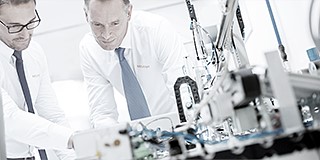 Service contracten
Service contracten
Meer informatie over onze service contracten
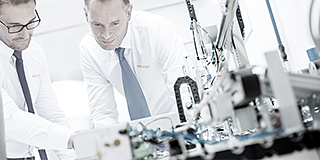 Mitutoyo Integrators
Mitutoyo Integrators
Integrating your measuring devices into existing processes made easy
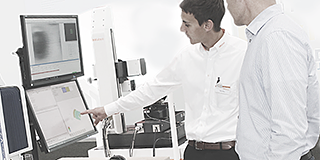 Product Demo's
Product Demo's
Online of offline, vraag vandaag nog een productdemonstratie aan
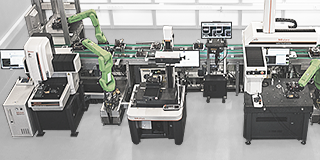 Integratie van productieautomatisering
Integratie van productieautomatisering
Maak van uw fabriek een slimme fabriek met de hulp van Mitutoyo
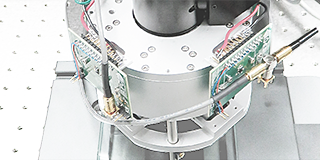 Oplossingen op maat
Oplossingen op maat
Op maat gemaakte producten voor unieke toepassingen
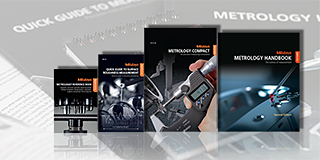 Education Pack
Education Pack
Er is geen betere hulp dan posters of lesmateriaal van Mitutoyo, perfect voor de werkplaats of het klaslokaal.
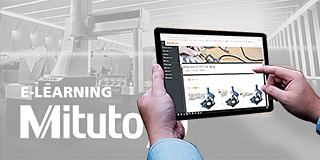 E-Learning
E-Learning
Voor degenen die geïnteresseerd zijn in metrologie biedt Mitutoyo E-Learning-cursussen om studenten, personeel of zelfs hobbyisten op te leiden.
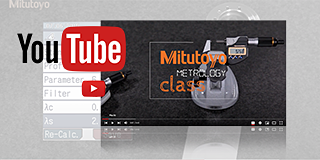 Online Material
Online Material
Als je op zoek bent naar een snelle manier om meer te leren over meten, bekijk dan onze vele instructievideo's
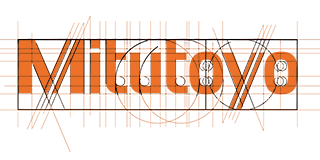 Ontdek Mitutoyo
Ontdek Mitutoyo
Het grootste metrologiebedrijf ter wereld
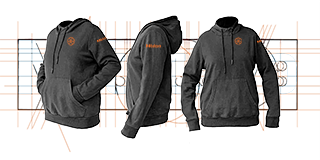 Merchandise
Merchandise
Voor degenen die in stijl over de winkelvloer willen lopen, ga naar de shop en steun je favoriete merk.
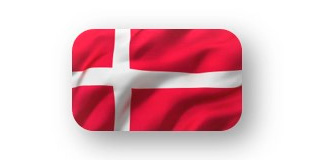 Mitutoyo Danmark
Mitutoyo Danmark
Læs alt om Mitutoyo Danmark her
 Onze promoties
Onze promoties
Bekijk hier of we een aantrekkelijke promotie voor je hebben.
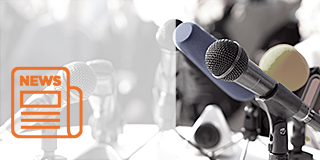 Pers informatie
Pers informatie
Bekijk ons laatste nieuws, updates en bronnen
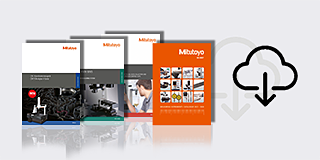 Product informatie
Product informatie
Bekijk en download onze catalogus, productbrochures en meer
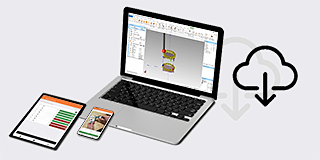 Software
Software
Download onze software en updates gemakkelijk en snel
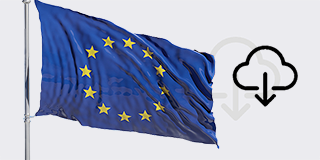 Verklaringen van conformiteit
Verklaringen van conformiteit
Hier kun je de volledige versies voor de EU en het VK downloaden
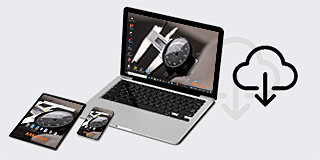 Gratis wallpapers
Gratis wallpapers
Download hier gratis de officiële wallpapers van Mitutoyo
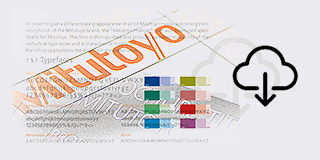 Mitutoyo Merk Communicatie Materialen
Mitutoyo Merk Communicatie Materialen
Hulpmiddelen voor Mitutoyo-medewerkers en externe leveranciers
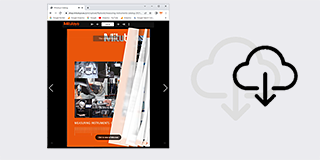 Online Catalogus
Online Catalogus
Bekijk ons uitgebreide assortiment in onze online catalogus!
-
Producten
- Terug Producten
- Producten
- Product Highlights
-
Producten per Industrie
- Terug Producten per Industrie Alle Producten per Industrie
- MeasurLink 10
- MeasurLink 10
- Medical
- Automotive
- Aerospace
- Energy
- Gen. Manufacturing
- Electronics
- Case Studies
-
Handmeetgereedschappen
- Terug Handmeetgereedschappen Alle Handmeetgereedschappen
- Schuifmaten
- Schroefmaten
-
Binnenmeetinstrumenten
- Terug Binnenmeetinstrumenten Binnenmeetinstrumenten
- Binnenmeetinstrumenten
- Binnenmeettasters
- Accessoires voor binnenmeetinstrumenten
-
Diepte meetinstrumenten
- Terug Diepte meetinstrumenten Diepte meetinstrumenten
- Diepte schroefmaat
- Diepteschuitmaat
- Diepteschuifmaat accessoires
- Hoogtemeters
- Meetklokken en Snelopnemers
- Hulpstukken en diversen
-
Kalibratie instrumenten
- Terug Kalibratie instrumenten Kalibratie instrumenten
- Hoogteschroefmaat Height Master
- Stappeneindmaat
- Kalibratie apparatuur
- Eindmaten
-
CMM
- Terug CMM Alle CMM
- Kleine en middelgrote CMM's
-
CMMs met grote afmetingen
- Terug CMMs met grote afmetingen CMMs met grote afmetingen
- CARB-Series
-
In-Line en werkvloer CMMs
- Terug In-Line en werkvloer CMMs In-Line en werkvloer CMMs
- MACH Ko-ga-me
- MACH 3A 653
- MACH V 9106
- MiSTAR 555
-
CMM Tastsystemen
- Terug CMM Tastsystemen CMM Tastsystemen
- SurfaceMeasure
- REVO
- SP80
- TP7M
- PH20
- Styli en accessoires
- Opspansystemen
-
KMG behuizing
- Terug KMG behuizing KMG behuizing
- CMM Enclosures
-
CMM Software
- Terug CMM Software CMM Software
- MiCAT Planner
- MCOSMOS
- MAFIS Express
- MSURF
-
Vision
- Terug Vision Alle Vision
-
2D Vision Meetsystemen Quick Image
- Terug 2D Vision Meetsystemen Quick Image 2D Vision Meetsystemen Quick Image
- Quick Image
- Quick Image Software
-
Manueel 3D Vision Meetsystemen Quick Scope
- Terug Manueel 3D Vision Meetsystemen Quick Scope Manueel 3D Vision Meetsystemen Quick Scope
- Manual Quick Scope
- Quick Scope Software
-
3D CNC Vision Meetsystemen Quick Vision
- Terug 3D CNC Vision Meetsystemen Quick Vision 3D CNC Vision Meetsystemen Quick Vision
- Quick Vision ACTIVE
- Quick Vision APEX / HYPER
- Quick Vision ACCEL
- Quick Vision ULTRA
-
3D CNC Multisensor Meetsystemen Quick Vision
- Terug 3D CNC Multisensor Meetsystemen Quick Vision 3D CNC Multisensor Meetsystemen Quick Vision
- Quick Vision Hybrid
- Quick Vision WLI
-
Serie 365 - CNC Visionmeetsysteem
- Terug Serie 365 - CNC Visionmeetsysteem Serie 365 - CNC Visionmeetsysteem
- MiSCAN APEX 404
- MiSCAN HYPER 302
- MiSCAN HYPER 404
-
3D CNC Meetsystemen voor Micro Geometrieën
- Terug 3D CNC Meetsystemen voor Micro Geometrieën 3D CNC Meetsystemen voor Micro Geometrieën
- UMAP Vision Systems
- UMAP Software
- Vision System Software
- Objectieven en kalibratiekaarten
-
Optisch
- Terug Optisch Alle Optisch
- Magnifiers
-
Measuring Projectors
- Terug Measuring Projectors Measuring Projectors
- PJ Series
- PV Series
- PH Series
- M2 Software
- Data Processing Unit
- Edge Detection Sensor
- Accessories
- Measuring Microscopes
-
Microscope Units
- Terug Microscope Units Microscope Units
- Microscope Unit FS70 Series
- Video Microscope Unit VMU Series
- Objective Lenses
- TAGLENS
- Illumination Units
- Vorm
-
Hardheid
- Terug Hardheid Alle Hardheid
- Portable Hardness Testers
- Combination Testers
-
Vickers Testers
- Terug Vickers Testers Vickers Testers
- Vickers Hardness Testing Machine HV-110/120
- Automatic Vickers Testers
-
Micro-Vickers Testers
- Terug Micro-Vickers Testers Micro-Vickers Testers
- Micro-Vickers Hardness Testing Machines HM-210/220
-
Hardness Testing Software
- Terug Hardness Testing Software Hardness Testing Software
- AVPAK
-
Reference materials and indenters
- Terug Reference materials and indenters Reference materials and indenters
- Hardness reference materials
- Hardness indenters and replacement balls
-
Sensoren
- Terug Sensoren Alle Sensoren
-
Linear Gauges
- Terug Linear Gauges Linear Gauges
- ABSOLUTE Digimatic Linear Gauge LGS Series
- Air Drive Unit
- ABSOLUTE Digimatic Linear Gauge LGD Series
- Standard Linear Gauge LGF Series
- Linear Gauge LG100 Series
- Linear Gauge LG200 Series
- Slim Head Linear Gauge LGK Series
- Slim Head Linear Gauge LGB Series
- Large Measuring Range Linear Gauge LG
- Laser Hologauge
- Low Force Gauges
- Counters and Display Units
- Laser Scan Micrometers
-
Surface Measure
- Terug Surface Measure Surface Measure
- Surface Measure 1008S
- Accessories
- Sensor Management Software
-
Digital Scales
- Terug Digital Scales Alle Digital Scales
- DRO Linear Scales and Counters
-
NC Linear Scales
- Terug NC Linear Scales NC Linear Scales
- NC Linear Scales ST36
- NC Linear Scales ST46-EZA
- NC Linear Scales ABS ST700
- NC Linear Scales ABS ST1300
- NC Linear Scales AT211
- NC Linear Scales ABS AT1100
- NC Linear Scales ABS AT1300
- NC Linear Scales AT402E
- NC Linear Scales AT203
- NC Linear Scales AT402E with cable A/B
- NC Linear Scales AT402E with cable C
-
Scale Units
- Terug Scale Units Scale Units
- Horizontal ABSOLUTE Scale Coolant Proof IP66
- Horizontal ABSOLUTE Scale Standard
- Horizontal ABSOLUTE Scale Measurement Direction Switching
- Horizontal ABSOLUTE Scale Diameter Function
- Vertical ABSOLUTE Scale Standard
- Vertical ABSOLUTE Scale Measurement Direction Switching
- Vertical ABSOLUTE Scale Diameter Function
-
Data Management
- Terug Data Management Alle Data Management
-
Data Management Software
- Terug Data Management Software Data Management Software
- MeasurLink 10
- USB-ITPAK
-
Mini Processors
- Terug Mini Processors Mini Processors
- Digimatic Mini Processor DP-1VA LOGGER
- Signaal kabels
- Draadloze communicatie
- Interfaces
-
Timerbox, Digimatic Switch Box, Tolerance Box
- Terug Timerbox, Digimatic Switch Box, Tolerance Box Timerbox, Digimatic Switch Box, Tolerance Box
- Digimatic Timerbox
- Digimatic Data Logger
- Digimatic Switch Box
- Digimatic Tolerance Box
-
Software
- Terug Software Alle Software
-
CMM Software
- Terug CMM Software CMM Software
- MiCAT Planner
- MCOSMOS
- MAFIS-Express
- MSURF
- Vision System Software
-
FMI Software
- Terug FMI Software FMI Software
- Formtracepak
- Roundpak
- Software voor hardheidstester
- Sensor Management Software
-
Kwaliteits Management Software
- Terug Kwaliteits Management Software Kwaliteits Management Software
- Measurlink 10
- USB-ITPAK
- Industrieën
- Services
- Smart Factory
-
Educatie
- Terug Educatie
- Educatie
- Education Pack
- E-Learning
- Online Material
- Over ons
-
Nieuws
- Terug Nieuws
- Nieuws
-
Alle nieuwsberichten
- Terug Alle nieuwsberichten
- Alle nieuwsberichten
-
Evenementen
- Terug Evenementen
- Evenementen
- Onze promoties
- Pers informatie
- Downloads
Wereldwijde kennis en expertise binnen handbereik. Mitutoyo is uw partner voor hoogwaardig precisiemeetgereedschap en betrouwbare persoonlijke service. Mitutoyo Benelux kan sinds 1994 als enige leverancier binnen haar marktsegment accreditatie aanbieden. Hiermee voldoet Mitutoyo aan de internationale ISO 17025 norm, die van toepassing is op alle organisaties die beproevingen en/of kalibraties uitvoeren en waarbij de uitvoering door de Raad voor Accreditatie gecontroleerd wordt. Laboratoria met ISO 17025 voldoen aan de algemene eisen voor de competentie van beproevings- en kalibratielaboratoria.
- Een geringe investering voor een maximum aan vertrouwen. Kalibratie met accreditatie geeft repetitieve en herleidbare meetresultaten en daarmee een hoger vertrouwen voor u en uw klanten;
- Voor de beheersbaarheid van uw meet- en productieproces;
- Om te controleren of uw meetmiddel binnen specificatie ligt;
- U kunt aantonen dat uw standaarden en/of meetinstrumenten door een RvA-erkend kalibratielaboratorium gecontroleerd worden;
- Om herleidbaarheid naar de meter aan te tonen, noodzakelijk voor herleidbare kalibratieresultaten en productbeoordelingen;
- Ter voorkoming van foute metingen, om het risico van afkeur te minimaliseren;
- Ter voorkoming van prijzige en tijdrovende herbeoordelingen van uw product;
- Om de systematische afwijking(en) van uw meetmiddel in kaart te brengen, zodat afwijkingen eventueel kunnen worden gecorrigeerd;
- Om historie (kennis) omtrent uw meetinstrument op te bouwen (stabiel of eventuele drift door slijtage, schade, etc.);
- Bij kalibratiecertificaten is de meetonzekerheid door de onafhankelijke instantie RvA gecontroleerd en gevalideerd, zodat de meetonzekerheid van uw meetproces en productieproces in kaart kan worden gebracht;
- Essentieel voor uw kwaliteitssysteem (beheersing meetapparatuur).
Welke instanties zorgen voor controle en afgifte van kalibratiecertificaten?
De Raad voor Accreditatie (RvA) in Nederland en de Belgische Accreditatieinstelling (BELAC) zijn de enige organen in de BeNeLux die de meetonzekerheid op uw machines onafhankelijk controleren. Het ILAC zorgt er middels Mutual Recognition Arrangements (MRA) voor dat bijna alle accrediterende instanties in de wereld uw kalibratiecertificaten accepteren. De lokale accrediterende organisatie heeft namelijk gecontroleerd dat Mitutoyo BeNeLux aan de ISO 17025 norm voldoet. De accreditatiemetingen (NEN-EN-ISO/IEC 17025:2017) worden door gekwalificeerde medewerkers van de Technische Dienst van Mitutoyo BeNeLux uitgevoerd. De afgeleverde certificaten passen in elk kwaliteitssysteem (ISO 9001, ISO/TS 16949, AS 9100, ISO 13485,…).
Mitutoyo offers 2 types of calibration services (accredited / proprietary)
based on traceable standards and ISO9001:2015 and ISO17025:2017 certified.
VOOR WELKE PRODUCTGROEPEN BINNEN MITUTOYO GELDT DE ACCREDITATIE?
- 3D coördinatenmeetmachines
- Lengtemeetbanken
- Hoogtemeters
- Meetprojectoren en -microscopen
- Mitutoyo Quick Image, Quick Scope, Quick Vision
- Ruwheidsmeters
- Rondheidsmeters
Kijk voor het complete overzicht op de Raad van Accreditatie.
SERVICE CONTRACTEN
Mitutoyo is uw partner voor hoogwaardige precisiemeetgereedschap en betrouwbare persoonlijke service. Een Mitutoyo Service contract overeenkomst biedt zowel voordelen als zekerheid voor uw meetapparatuur en processen. Deze contracten bieden u de mogelijkheid om te anticiperen op uw onderhoudskosten en levert besparingen op toekomstige upgrades van uw systeem.
In-House Calibration
In the Accredited Mitutoyo Laboratory
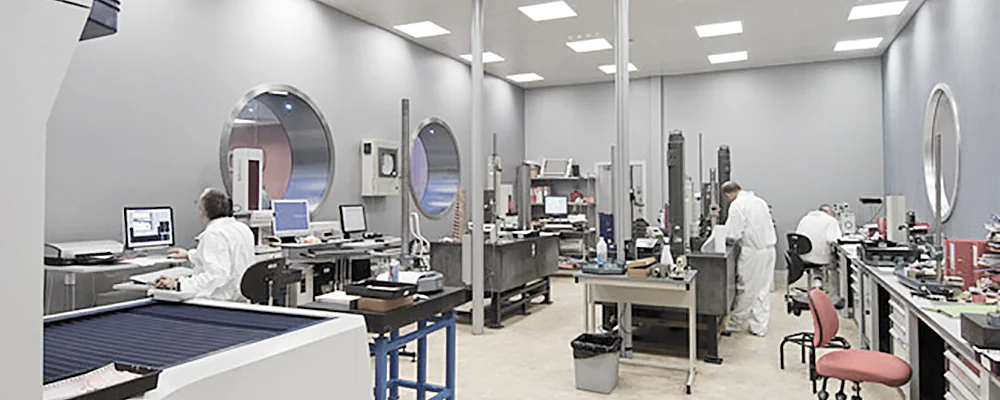
We offer High-End, ISO 17025-accredited calibration labs all over Europe. All meet full requirements to achieve maximum reliability with low measurement uncertainty.
- Accredited calibrations on a wide range range of measurement equipment
and calibration standards. - Excellent calibration instruments, such as GBCD100A and I-checker for calibration.
- Our calibration instruments are periodically calibrated under accreditation.
- All European Mitutoyo organizations comply with the international ISO 17025 standard meeting the general requirements for the competence of testing and calibration laboratories.
- All local Mitutoyo calibration can be provided in accordance with local accreditation bodies.
On-Site Calibration
At Your Production or QC Facilities

Our well-trained specialists will execute all required tasks for calibration on-site at your premises. Benefit from combining maintenance, and repair with our ISO 17025-certified calibration services.
- Accredited calibrations on-site with a wide range range of measurement equipment
and calibration standards. - Excellent calibration instruments, like laser interferometers.
for calibration of coordinate measuring machines, brought to your site - Our calibration instruments are periodically calibrated under accreditation.
- Complies with the international ISO 17025 standard.
- All local Mitutoyo On-Site calibrations can be provided in accordance with local accreditation bodies.
| Mitutoyo Product | Product Details | Type of Calibration |
|---|---|---|
| 3D Coordinate Measuring Machines | With a diagonal up to 7.500 mm and touch probing. Only selected devices & hardware | On-Site / accredited |
| 3D Coordinate Measuring Machines | With a diagonal up to 1.530 mm and Optical Probing. Only selected devices & hardware | On-Site / accredited | Gauge Blocks From Steel / Ceramic / Tungsten Carbide and Nexcera | Up to 1000 mm (tungsten carbide only up to 100 mm) | In-House / accredited |
| Groove depth Pt and d on depth setting standards | From 0,2 µm up to 12 µm | In-House / accredited |
| Roughness on periodic and aperiodic roughness standards | Ra: 0,1 µm up to 4 µm; Rz, Rmax (Rzx): 0,8 µm up to 20 µm | In-House / accredited |
| Roughness on superfine roughness standards | Ra: 0,025 µm up to 0,1 µm; Rz, Rmax (Rzx): 0,15 µm up to 0,8 µm | In-House / accredited |
| Contact Stylus Instruments | Groove depth Pt and d: 0,2 µm up to 12 µm; Ra: 0,1 µm up to 4 µm; Rz, Rmax (Rzx): 0,8 µm up to 20 µm. devices and hardware only. | In-House / according to DIN EN ISO 3274:1998 |
| Calipers for outside, inside, and depth measurements | Up to 3.000 mm | In-House / accredited (up to 2.000 mm) / proprietary (up to 3.000 mm) |
| Height Gauges | Up to 1.000 mm | In-House / accredited |
| Micrometers | From 0 up to 2.000 mm | In-House / accredited (up to 500 mm) / proprietary (up to 2.000 mm) |
| Setting Gauges for Outside Micrometers | From 25 mm up to 1.000 mm | In-House / accredited |
| Setting Gauges for Outside Micrometers | From 1.000 mm to 3.000 mm | Proprietary |
| Dial and Digital Gauges | Up to 100 mm | In-House / accredited |
| Dial Test Indicators | - 1,6 mm | In-House / accredited |
| Dial Gauge Tester | - 100 mm | In-House / accredited |
| Laser Interferometers | Up to 6.000 mm | In-House / accredited |
| Line Standards | Up to 400 mm | In-House / accredited |
| Checkmasters / Step Gauges | Up to 1.010 mm | In-House / accredited |
| 2 Point Inside Micrometers | Up to 1.050 mm | Proprietary |
| 3 Line Inside Micrometer | Up to 300 mm | Proprietary |
| Height Gauges | Up to 1.500 mm | Proprietary |
| Linear Height / QM-Height Height Gauges | Up to 1.000 mm | Proprietary (accredited under preparation) |
| Protractors | Proprietary | |
| Electronic and Spirit Levels | Proprietary | |
| Hardness Testers - Shore A / D | Proprietary | |
| Beveled Squares | Proprietary | |
| Straight-Edges | Proprietary | |
| Sine Bars | 200 mm, 300 mm, and 500 mm | Proprietary |
| Cylindrical Pins / Test Pins | - 100 mm | Proprietary |
| Optical Flats | Proprietary | |
| Linear Scales | Up to 1.500 mm | Proprietary |
| Masterballs for Roundness Measuring and 3D Coordinate Measuring Machines | Proprietary (accredited under preparation) | |
| GO / NO-GO Gauges | Up to 200 mm | Proprietary |
| Setting Rings | Up to Ø300 mm | Proprietary |
| Laser Scan Micrometers | Proprietary | |
| Granite Plates | Proprietary | |
| Engraving of Test Equipment | ||
| Contour Measuring Machines | On-Site / proprietary (accredited under preparation) | |
| Hardness Testers | On-Site / proprietary | |
| Laser Scan Micrometers | On-Site / proprietary (accredited under preparation) | |
| Stylus Instruments | Groove depth Pt and d: 0,2 µm up to 12 µm; Ra: 0,1 µm up to 4 µm; Rz, Rmax (Rzx): 0,8 µm up to 20 µm Only selected devices & hardware | According to DIN EN ISO 3274:1998 |
Mitutoyo´s ISO 17025 Calibration Services in Europe by Product
| Country | UK | NL | DE | CH | IT | SE | CZ | HU | PL | FR | RO | AT | |||||||||||||
|---|---|---|---|---|---|---|---|---|---|---|---|---|---|---|---|---|---|---|---|---|---|---|---|---|---|
| iChecker | X | X | X | X | |||||||||||||||||||||
| CMM and CMM Probes | X | x | X | X | X | X | X | X | X | X | X | X (via DE) | |||||||||||||
| Surface Roughness Plates | X | X | |||||||||||||||||||||||
| Linear-Heights Height-Gauges | X | X | X | X | X | X | |||||||||||||||||||
| Profile Projectors | X | X | X | X | X | X | |||||||||||||||||||
| Measuring Microscopes | X | X | X | X | X | X | |||||||||||||||||||
| Vision Measuring Machines | X | X | X | X | X | X | |||||||||||||||||||
| Laser Scan Micrometers (LSM) | X | ||||||||||||||||||||||||
| Roundness Measurement Systems | X | X | X | ||||||||||||||||||||||
| Contour Measurement Systems | X | X | X | X | |||||||||||||||||||||
| Surface-Roughness Measurement Systems | X | X | X | X |
X = Calbration according to ISO 17025 can be provided
Beyond Metrology Instruments
Mitutoyo also offers services on a broad variety ISO 17025-accredited calibrations of Metrology Masters.
| Country | UK | NL | DE | CH | IT | SE | HU | ||||||||
|---|---|---|---|---|---|---|---|---|---|---|---|---|---|---|---|
| Lasers and Weather Stations | X | ||||||||||||||
| Gauge blocks SMALL | X | X | X | X | X | X | |||||||||
| Gauge Blocks LONG | X | X | X | X | |||||||||||
| Micrometer setting-rods | X | X | X | X | |||||||||||
| Step-Gauges | X | X | X | ||||||||||||
| Master ball (d, RONt) | X | X | x | ||||||||||||
| Ring-Gauges (d, RONt) | X | X | |||||||||||||
| Line Scale (for Profile Projectors) | X | X | |||||||||||||
| Line-Standards (For Vision Measuring Machines) | X | X | |||||||||||||
| 2-D Grids | X | ||||||||||||||
| Quick Vision Mask | X | ||||||||||||||
| Laser Scan Micrometer Glass Masks | X | ||||||||||||||
| Hemispheres | X | ||||||||||||||
| Flick | X | ||||||||||||||
| Roughness Specimen (+Depth) | X | X | X | ||||||||||||
| Straight-Edge (CMM / FMI) | X | ||||||||||||||
| Precision Squares | X | ||||||||||||||
| Handheld Temperature Devices | X |
X = Calbration according to ISO 17025 can be provided
The Key to Reliable Measurement Results
Traceability
Traceability‘ is the key when it comes to calibration.
For calibrating measuring instruments or standards, which represent special values or limits, it is necessary to link/reference them to the physical base unit(s) they are meant for (e.g. the meter m).
More Details and Downloads
- To obtain these links, the national metrological institutes offer calibrations with their national primary standards, which are the definitive definition or realization of their unit of measure.
- Standards calibrated in this manner are so-called secondary standards.
- The third level of standard, a standard that is periodically calibrated against a secondary standard, is known as a working standard. Working standards are used for the calibration of commercial and industrial measurement equipment.
- For calibration, it is essential to use standards traceable to the primary standards, since we use the same units. To document this, the standards used with their valid calibration mark have to be stated in the calibration certificate.
A Quick Definition of
Calibration
Calibration is the process to determine deviations from a device or standard. This may include a validation of conformity (e.g. the product specifications) and to document the results, the method of calibration, and the standards used for the calibration a certificate of calibration will be created.
More Details and Downloads
- Calibration (and recalibration) of measurement devices and working standards in the industries is necessary to confirm the proper function and more importantly, ensure quality.
- To provide recognized calibrations, laboratories have to be at least accredited according to DIN EN ISO/IEC 17025
- Measurement to a consistently high level of accuracy can only be achieved if instruments are periodically calibrated against traceable standards
Doing the Math
Measurement Uncertainty
Measurements are always uncertain to a defined quantity.
There are existing several statistical methods to obtain the uncertainty according to the confidence you need. Usually, the measurement of uncertainty is given with a confidence of ≈95%.
More Details
-
By watching to chain of calibrations, from primary standard down to working standard [see ‘traceability’], the uncertainty of measurement will rise, because every further calibration contains the uncertainties of the standards used and in addition the uncertainty of the method of the calibration. The uncertainty of measurement in fact reflects the quality grade of the calibration.
-
For calibration purposes, you are always looking for better standards and/or better methods to push your uncertainty of measurement stated in the calibration certificate.
-
For customer's purposes, it is an economic matter of requirements vs. price. In reality, the majority of customers aren't familiar with the uncertainty of measurement. This results in decisions being made mostly by predetermined standards set up in contracts or business guidelines.
Confirming the Competences
Accreditation
Accreditations - the reliable instrument confirming competence.
Calibration laboratories may obtain accreditation by their national accreditation body, which is the DAkkS in the Federal Republic of Germany, the UKAS in the UK, and the RvA in the Netherlands for example.
More Details
-
An accreditation by these bodies confirms that organizations such as testing, inspection, and certification bodies can undertake their activities competently in accordance with internationally recognized standards and in line with the regulatory requirements. This establishes confidence in the important work of these independent conformity assessment bodies and their services in all sectors of the economy.
-
Also, accreditation ensures the international recognition of conformity assessments, contributing to free trade in Europe and around the world.
-
Actually, accredited calibrations had become more of interest because of contracts and guidelines between the industry and their suppliers. Especially the automotive industry demands ‘more trusted’ calibrations for their suppliers.
More and more customers seem to prefer accredited calibrations because of some kind of insecurity with proprietary calibration.
See here our certifications & accreditations page
Stay Tuned
Recommended Calibration Frequencies

A calibration interval is the period of time established for a test instrument to be recalibrated. Mitutoyo recommends recalibrating your instruments frequently to be confident they are performing the best and most accurate way possible.
| Mitutoyo Product | Tools for Technical Service / Workshop etc. | Tools / Standards for Calibration Laboratory | Recommended Regular Internal Checks |
|---|---|---|---|
| Micrometer | 1 Year | ||
| Bore Gauges / Holtest | 1 Year | ||
| Caliper | 1 Year | ||
| Dial and Digimatic/ Linear Gauges | 2 Years | ||
| Laser Scan Micrometer | 1 Year to 3 Years | 1 Year | 3 Months |
| Microscopes / Projectors | 1 Year to 2 Years | Regulary | |
| Checkmaster up to 1010 mm | 2 Years | 2 Years | |
| Checkmaster over 1010 mm from RvA | 2 Years | -- | |
| Checkmaster over 1010 mm | Initial Re-Calibration after 1 Year. Then every 2 Years. | 1 Year | |
| Glass Scales and Masks | 5 Years | 3 Years | |
| Gauge Blocks up to 100 mm | 4 Years | Initial Re-Calibration after 1.5 Years (over 15 mm). Then every 3 Years. | |
| Gauge Blocks over 100 mm | 3 Years | Initial Re-Calibration after 1.5 Years. Then every 3 Years. | |
| FMI Tools (X-Tools, Triangles, Square Blocks, Cylinders, Dumbbells, etc.) | 3 Years | 3 Years | |
| Reference Hemispheres | 3 Years | 5 Years | |
| Roughness Specimen | 1.5 Years in Workshop. 3 Years in Technical Service. | 5 Years | |
| Setting Rings, Pin Gauges | 3 Years | 3 Years | |
| Masterballs | 3 Years | 3 Years | |
| Dial Gauge Tester | 2 Years | 1 Year | 3 Months |
| Hardness Plates | 5 Years | 5 Years | |
| Thermometer | 1 Year | 2 Years | |
| Thermometer Pt 100 | 1 Year | 1 Year | |
| Electrical devices (Oscilloscopes, Multimeter, etc.) | 1 Year | 1 Year | |
| Granite Plates and Squares | 5 Years | 3 Years | |
| Universal Height Master | 3 Years | 2 Years | |
| Laser Interferometer | 2 Years | 2 Years | 3 Months |
| 3D Coordinate Measuring Machines | 1 Year | 1 Year | 3 Months |
| Gauge Block Tester | 1 Year | 1 Year | 3 Months |
| Roughness/Roundness/Length Measuring Machines | 1 Year | 1 Year | 3 Months |
| 2D / 3D Vision Measuring Machines | 1 Year | 1 Year | 3 Months |
In general for new items choose a shorter interval in the beginning. When you have results over a longer duration which you can compare you can adapt the interval.




